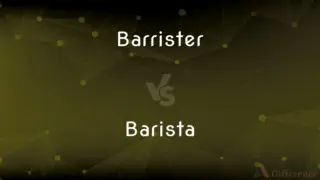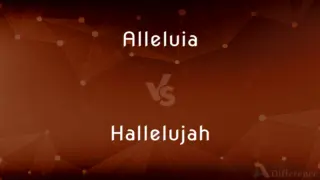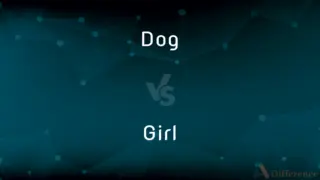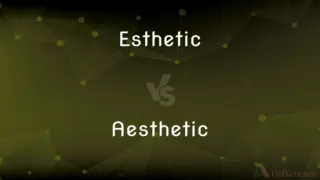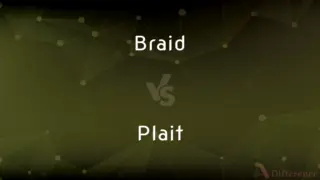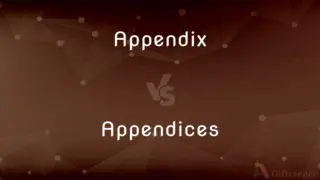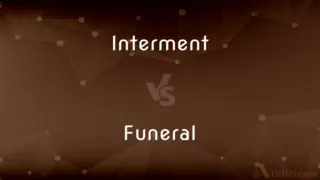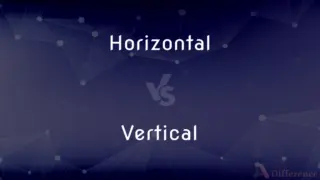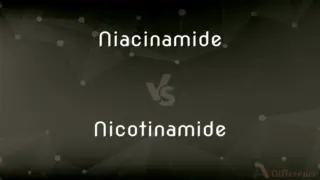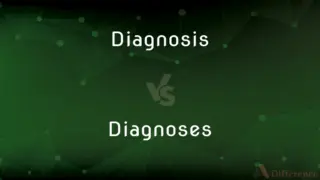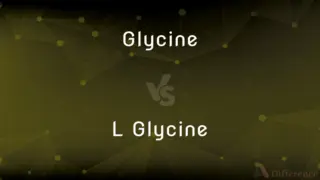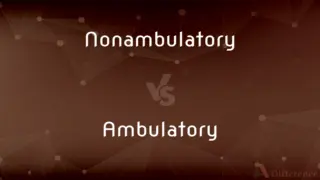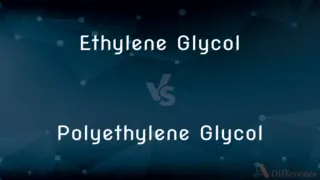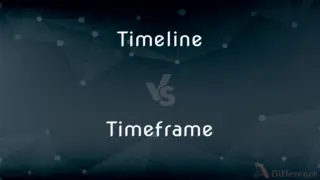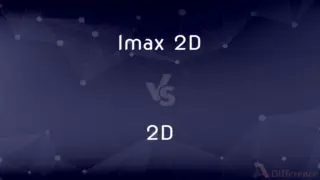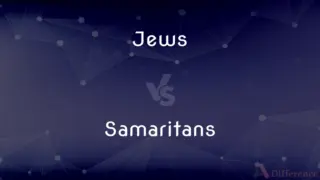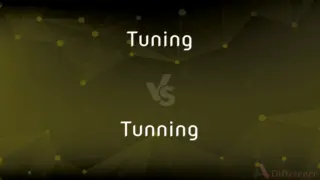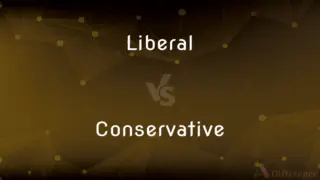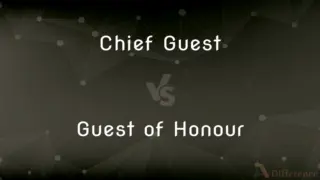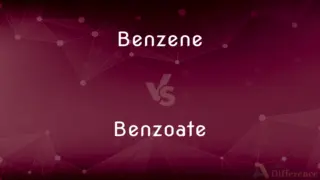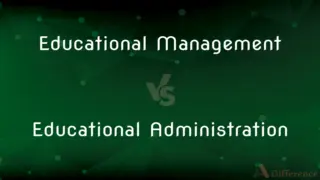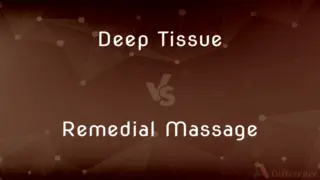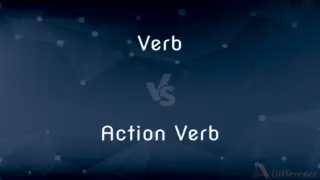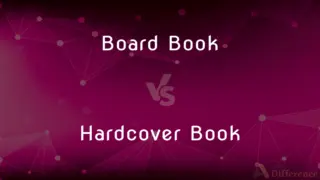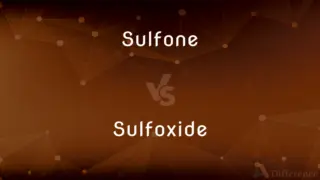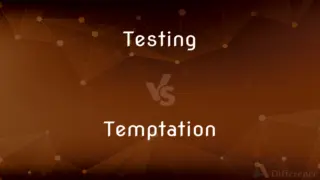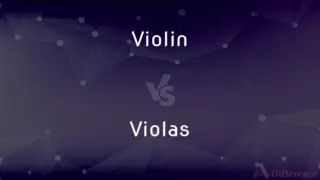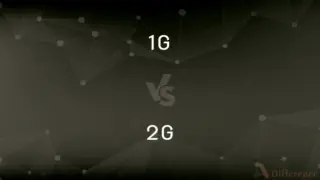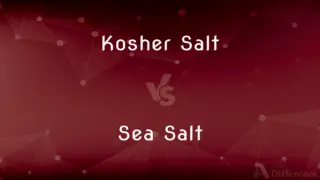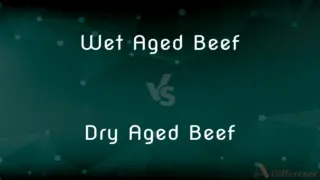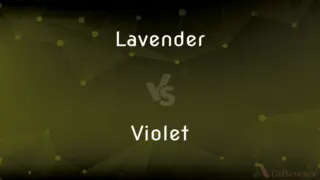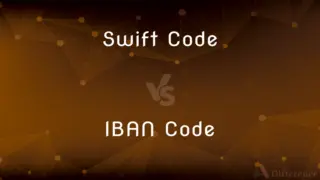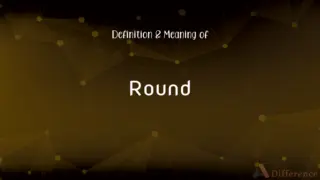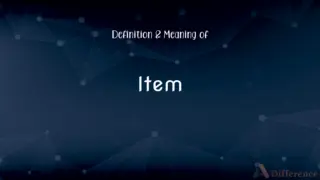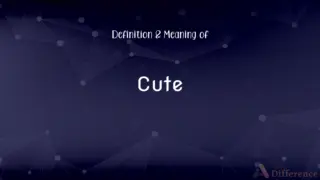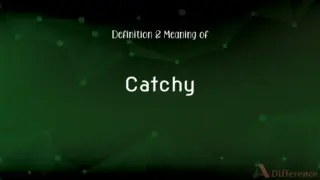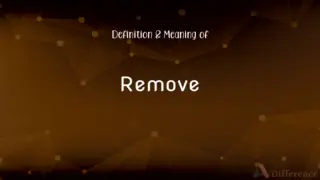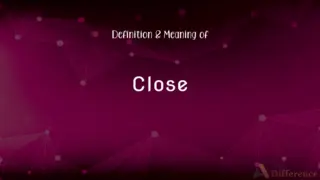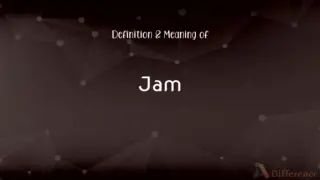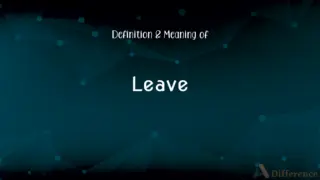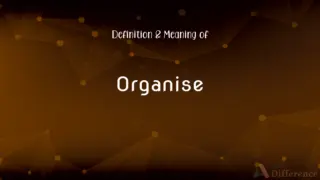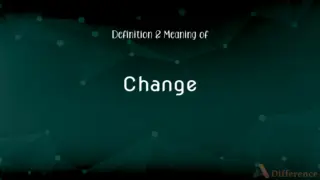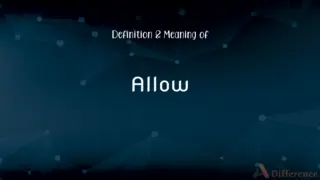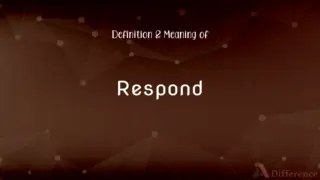Sanskrit vs. Devanagari — What's the Difference?
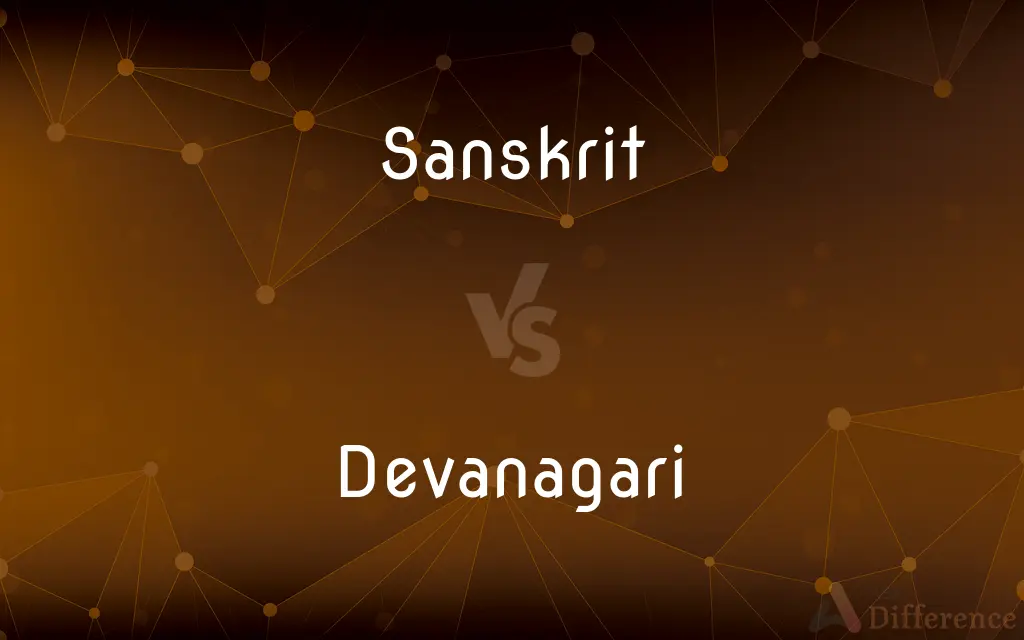
Difference Between Sanskrit and Devanagari
ADVERTISEMENT
Compare with Definitions
Sanskrit
Sanskrit (; attributively संस्कृत-, saṃskṛta-; nominally संस्कृतम्, saṃskṛtam, IPA: [ˈsɐ̃skr̩tɐm]) is a classical language of South Asia belonging to the Indo-Aryan branch of the Indo-European languages. It arose in South Asia after its predecessor languages had diffused there from the northwest in the late Bronze Age.
Devanagari
Devanagari ( DAY-və-NAH-gər-ee; देवनागरी, IAST: Devanāgarī, Sanskrit pronunciation: [deːʋɐˈnaːɡɐriː]), also called Nagari (Sanskrit: नागरी, Nāgarī ?), is a left-to-right abugida, based on the ancient Brāhmī script, used in the Indian subcontinent. It was developed in ancient India from the 1st to the 4th century CE and was in regular use by the 7th century CE. The Devanagari script, composed of 47 primary characters including 14 vowels and 33 consonants, is the fourth most widely adopted writing system in the world, being used for over 120 languages.The orthography of this script reflects the pronunciation of the language.
Sanskrit
An ancient Indic language that is the language of Hinduism and the Vedas and is the classical literary language of India.
Devanagari
The alphabet in which Sanskrit and many modern Indian languages are written. Also called Nagari.
Sanskrit
The ancient language of the Hindoos, long since obsolete in vernacular use, but preserved to the present day as the literary and sacred dialect of India. It is nearly allied to the Persian, and to the principal languages of Europe, classical and modern, and by its more perfect preservation of the roots and forms of the primitive language from which they are all descended, is a most important assistance in determining their history and relations. Cf. Prakrit, and Veda.
ADVERTISEMENT
Devanagari
The script or characters in which Sanskrit and Hindi are written.
Sanskrit
Of or pertaining to Sanskrit; written in Sanskrit; as, a Sanskrit dictionary or inscription.
Devanagari
A syllabic script used in writing Sanskrit and Hindi
Sanskrit
(Hinduism) an ancient language of India (the language of the Vedas and of Hinduism); an official language of India although it is now used only for religious purposes
Share Your Discovery
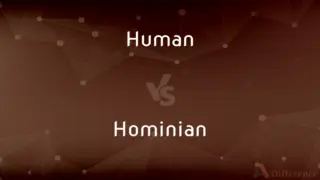
Previous Comparison
Human vs. Hominian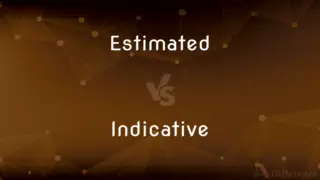
Next Comparison
Estimated vs. Indicative
